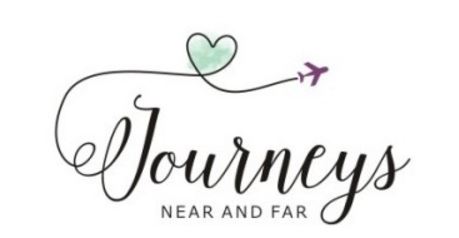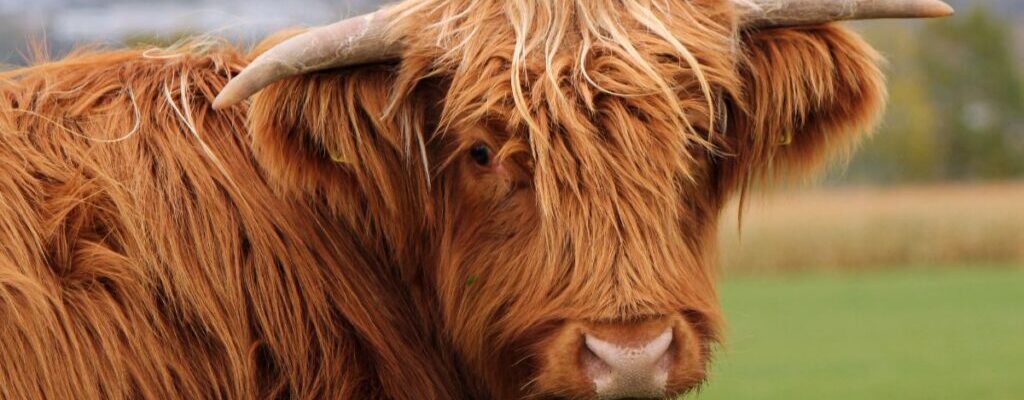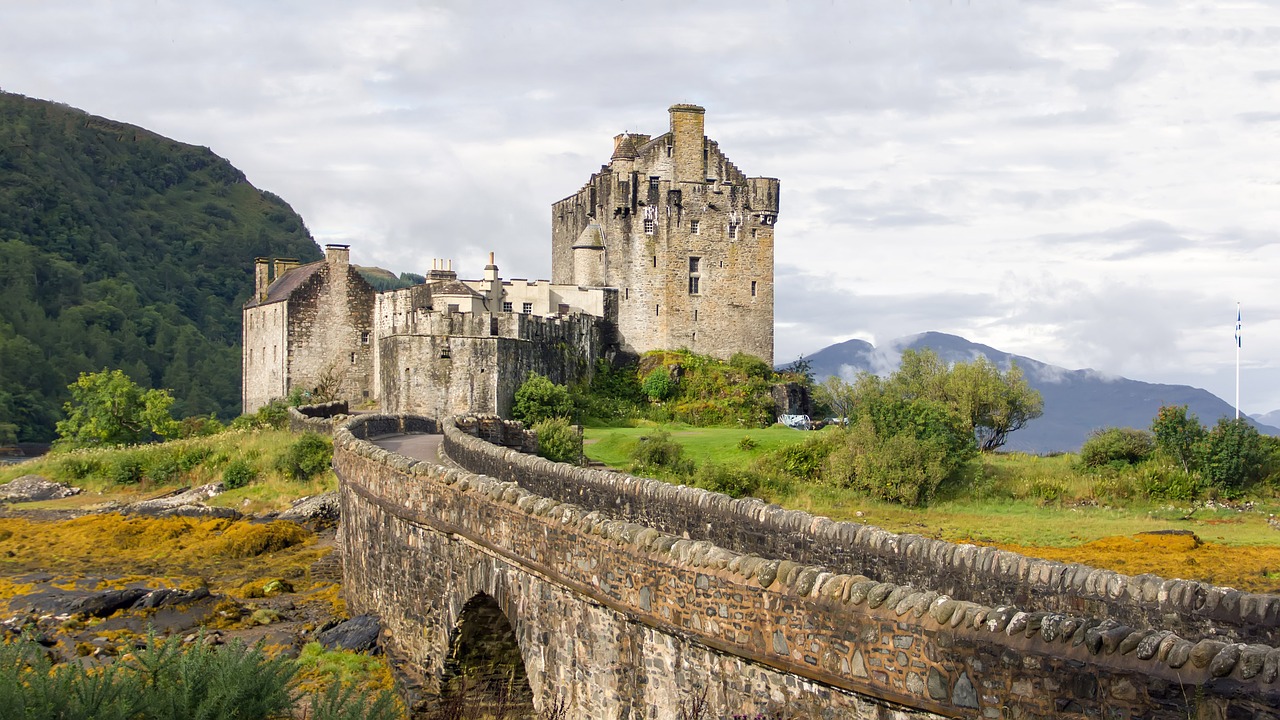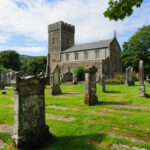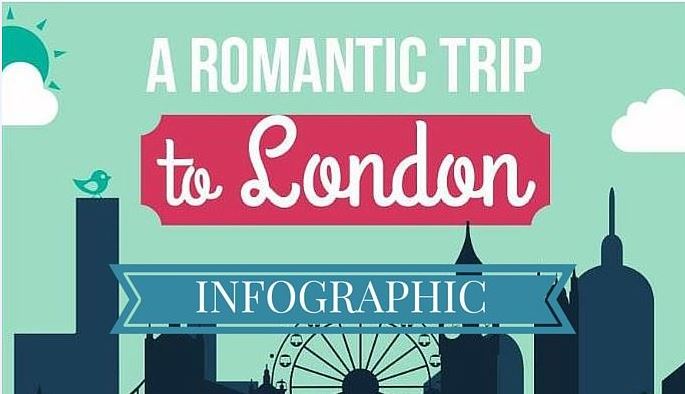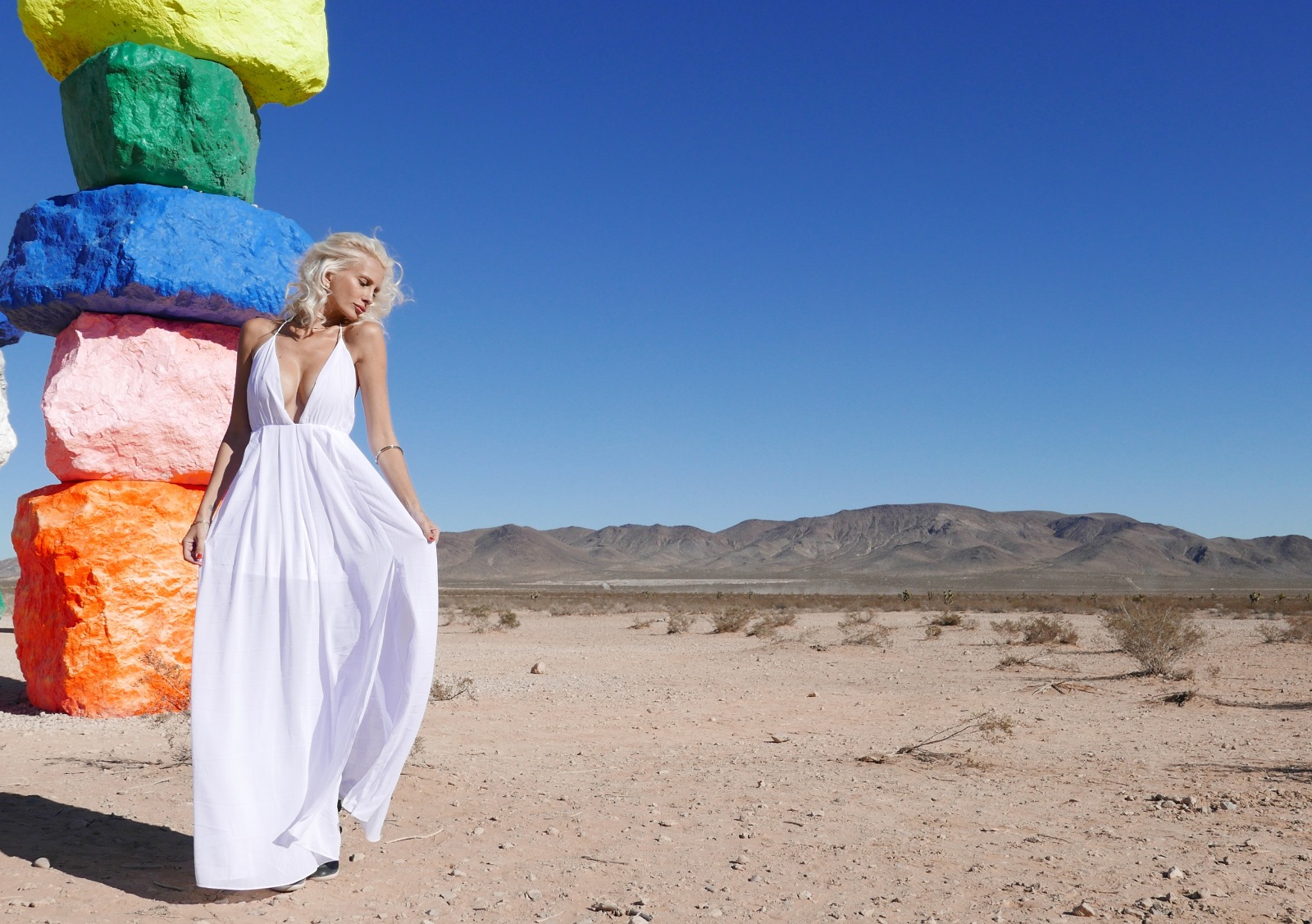A lot has been written about Highlanders. There are Diana Gabaldon’s Outlander novels, romantic and rich with history. And there are Karen Marie Moning’s absorbing time-travel romances.
There are the action-fantasy Highlander movies starring Christopher Lambert as Connor MacLeod, the immortal Scottish swordsman, as well as the TV series that followed.
The Romantic Allure of Highlanders in Literature and Film
These films showcase immortal warriors in epic narratives, painting Highlanders as timeless icons, their stories a mesmerizing blend of historical depth, romantic idealism, and cultural legend.
Highlanders, symbolizing a blend of ruggedness and nobility, have long fascinated audiences.
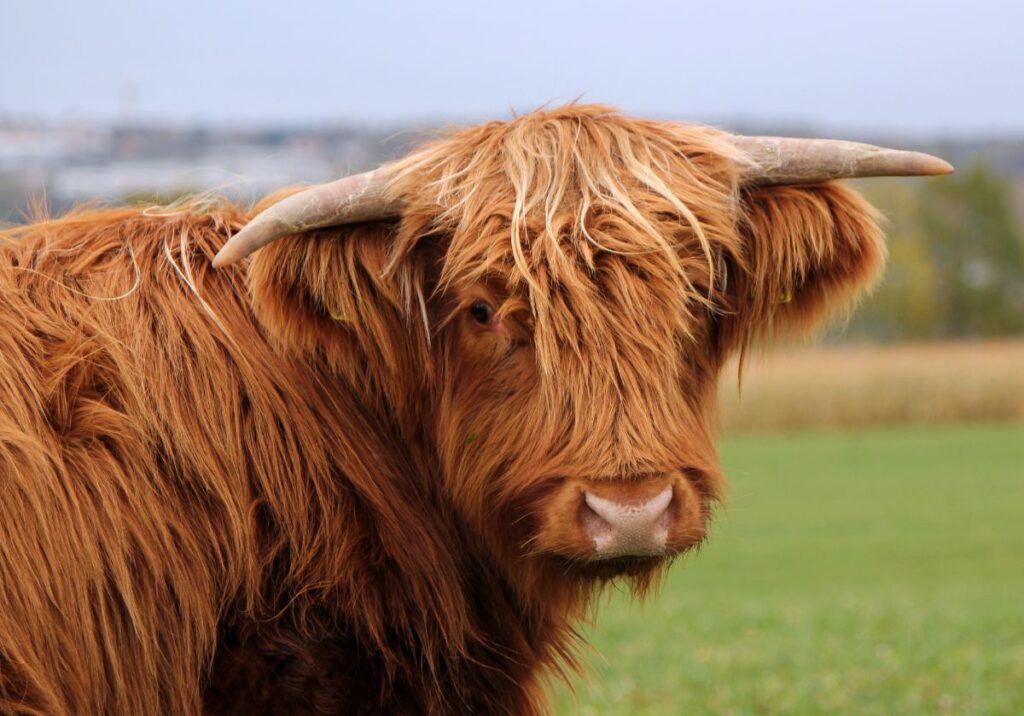
I’ve met quite a few Highlanders, but the shaggy Highland cows in Scotland with their tousled hair gleaming in the sunshine are the ones that drew my attention the most.
Meeting Hamish, the photogenic Highland cow
The first Highland cow I met was Hamish, a “Highlander” who wasn’t averse to having his picture taken by dozens of tourists in Aberfoyle.
But Hamish was only the beginning — it seemed everywhere I went, the Highland cow’s adorable face peered out at me, not only from the countryside but from calendars, postcards, photos, stuffed animals, and other cow-related things. What is it about these creatures that is so endearing?
Well, in photographer Colin Baxter’s book, The Highland Cow, writer Kenny Taylor says, “…the animal can look drop-dead gorgeous, in a windswept kind of way… an adult Highlander in its element is a bonny beast indeed. Add a mop-top calf to the group, and few could fail to be attracted.”
The Highland Breed: More Than Just a Pretty Face
Seeking a deeper understanding of these unique animals, I delved into Colin Baxter’s book. Taylor highlights how the Highland breed, deceptively smaller than modern cattle, is perfectly adapted to the craggy uplands and coastal fringes of its native Scotland.
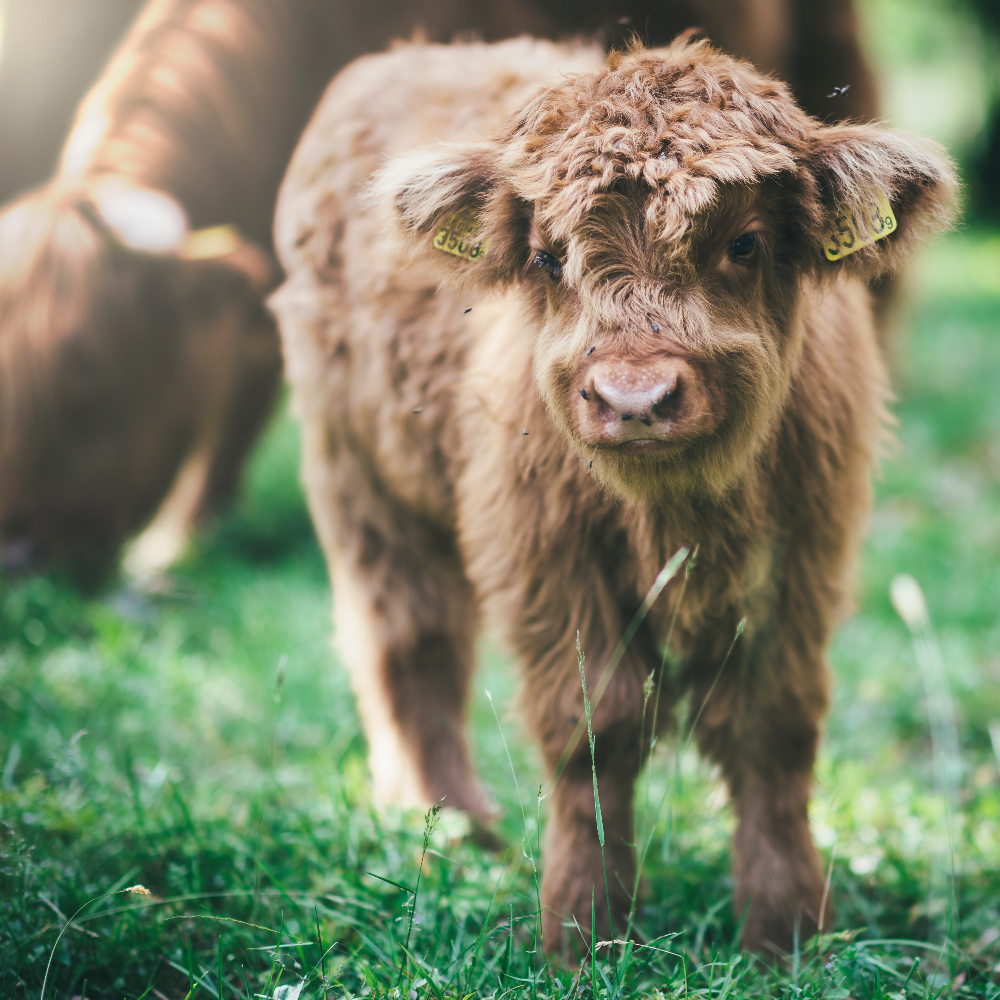
These Highland cows, with their long hair and robust build, transcend being mere symbols of Scottish charm. They embody Scotland’s history and resilient spirit. Their ability to thrive in the Highlands’ harsh climates showcases their remarkable hardiness, a trait lesser breeds lack.
Beyond their physical attributes, Highland cows have historically been pivotal to Scottish highland families. Providing dairy products and wool for weaving, they’ve been integral to local crafts and everyday survival. Deeply embedded in Scottish culture, they connect to clan traditions and rural lifestyles.
An Icon of Scotland’s Landscape
This enduring connection to the land and people of Scotland is evident in everything from folklore to modern tourism, as seen in Hamish’s popularity among tourists. Their role in Scotland’s history and culture is as significant as it is enduring.
The gentle nature of these animals, combined with their striking appearance, make the Highland cow a cherished symbol of Scotland’s heritage and natural beauty.
Why You Should Read ‘The Highland Cow’
Taylor writes, “If you see a group of Highland cattle by a roadside field and are tempted to pause and have a closer look, appreciate the moment. You’ll be meeting an icon – an animal as redolent of Scotland’s western fringe and glens as the tang of seaweed and the aroma of peat-tinged whisky.”
And believe me, you will be tempted to pull over for a closer look.
If you think the Highland cow as is cute as I do, I recommend Baxter’s book, The Highland Cow. The photographs are beautiful.
In embracing the simple joy of meeting these magnificent creatures, you not only connect with a quintessential symbol of Scottish legacy but also capture a timeless piece of the country’s heart and soul.
Traveling to Scotland? You may also like In the Heart of the Scottish Highlands: Exploring Inverewe Garden.
